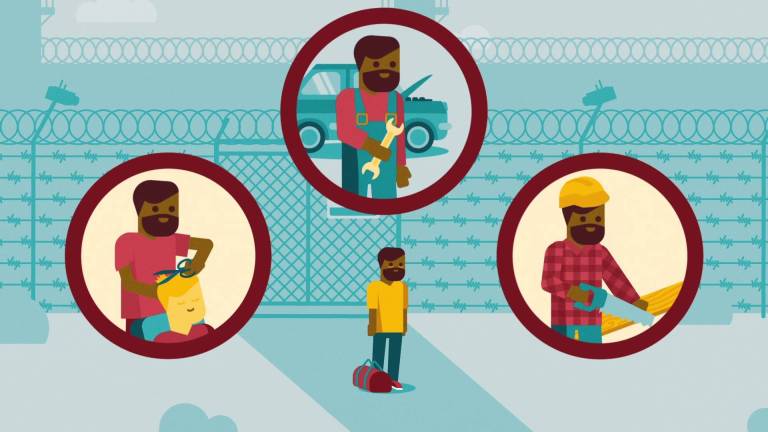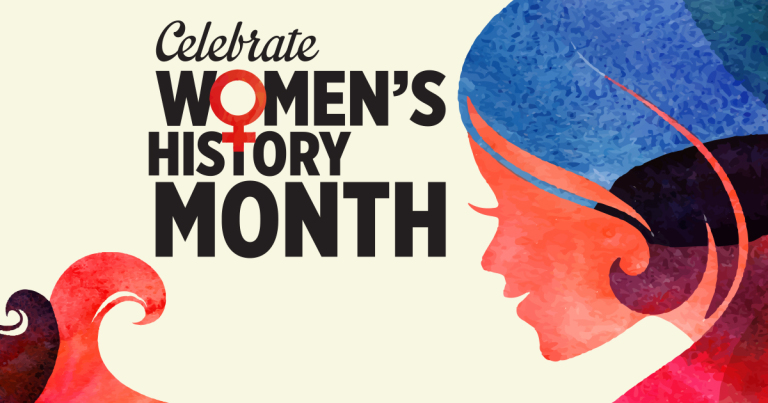To ignore the vital role that women’s dreams and accomplishments play in our own lives would be a great mistake. We draw strength and inspiration from those who came before us – and those remarkable women working among us today. They are part of our story, and a truly balanced and inclusive history recognizes how important women have always been in American society. —National Women’s History Project
I am a big fan of history. And women’s history holds a particularly compelling place for me. Prior to 1970, women’s stories did not enter the history books nor were their accomplishments highlighted in practically any venue. We still feel vestiges of the dearth of women’s stories today, but it is getting better. Hearing and knowing the stories of people and events of our collective past helps—always—to inform our understanding of the origins of the issues that we face today—issues that we work hard every day to solve and to improve.
March is National Women’s History Month—so declared by Congress as late as 1987. It was created to underscore the contributions of women, past and present, in every facet of our lives—from medicine to arts to government to education, science, and community. Here at Fedcap, we celebrate Women’s History Month as a chance to create new opportunities for women to make history.
When I think of women’s history, I think of the much-too-long lens of women who have been faced with barriers to economic well-being. As of March, 2018, the global unemployment rate for women is 6%–0.8% higher than their male counterparts. For many women, unemployment is a chronic issue—one that we are working hard to solve.
There are many aspects that contribute to chronic unemployment for women. For example, household demands, such as child care, transportation, procurement of meals, and education oversight fall unevenly to women. These unequal demands can intervene in consistent job search or attendance if there is a crisis of any sort. The results are manifold: women are apt to lose their jobs due to multiple demands; they are forced to take more “informal” jobs with lower wages; or they are not able to sustain training or education that might help their transition into a living-wage job. Solving this problem means sharpening awareness of the issue as well as finding the drive and the wherewithal to redistribute family responsibilities.
In addition, it is key that we continue to foster female enrollment in a variety of opportunities for learning—vocational and workforce training, entrepreneurial programming, and higher education.
At Fedcap, and among our family of agencies, lifting up the opportunities for training and education is among our key strategies for working on employment issues for women. For example, our Career Design School has a high enrollment of women learning and advancing in a variety of fields, including culinary arts, document imaging, security, custodial, and office skills. While we help women with job readiness as well as securing employment, we emphasize the skills and mechanisms needed to engage beyond short-term employment, a long-term career ladder. We also support women veterans and we help older women find meaningful jobs through ReServe.
For us, Women’s History Month means not just recognizing the women and industries that have gone before, but it is a catalyst for recognizing the commitment and the dedication of workforce initiatives to help women create new histories for themselves and their families for generations to come.
What is one thing you might do that could raise awareness or intervene in improving the statistics for economic well-being for women?










